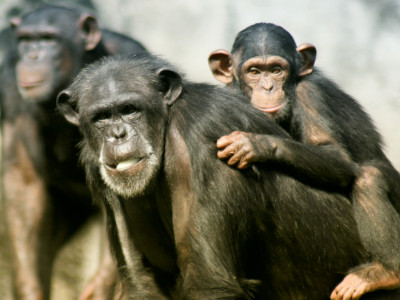What is the cause of 'back pain' that bothers humans?

Many people in the world suffer from 'back pain,' and a 2006
Why do so many people have back pain? | Live Science
https://www.livescience.com/why-humans-back-pain
Associate Professor Jeremy DeSilva, a paleoanthropologist at Dartmouth College in the United States, explains why people are suffering from back pain: 'It's because we're walking on two legs.' Dasylva points out that mammals had been quadruped for tens or hundreds of millions of years before humans began to stand upright and start bipedalism. In mammals that have evolved into a body shape for walking on four legs, the horizontal spine that functions as a 'suspension bridge' supports the torso.
However, about 7 million years ago, human ancestors evolved their posture to walk upright, allowing the spine to walk from horizontal to vertical on two legs. There is disagreement as to why human ancestors began bipedalism, but the main theory is that 'bipedalism was beneficial in moving the sphere of survival from a tree-covered jungle to a large savanna.' There is something like that.
Bipedalism has certainly helped humanity to prosper to this day, Dasylva said, but at the cost of back pain. 'We have a spine that has been tampered with by evolution because evolution cannot happen without existing anatomy and morphology. We are still here, but that's a problem. It's not that you don't have it. Evolution brings enough benefits to survive, but it doesn't lead to your comfort. '


'Human beings are the only mammals whose vertebrae can break under their own weight,' said Latimer. The human spine also maintains weight balance, flexibility, and curves that do not interfere with the birth canal, which makes it more prone to spinal abnormalities such as kyphosis and scoliosis. It seems that the curve of the spine is also a point where fractures are likely to occur.
In addition to human morphological characteristics, the lifestyles of people in developed countries are also one of the reasons for back pain. 'If you sit at your desk all day, look down, and don't use your lower back muscles, your muscles tend to get tense,' said Da Silva.
Although the main cause of low back pain is evolutionary, large bipedal birds such as ostriches do not have the same problems as the human spine. This is because the bird's spine is slanted rather than vertical like a human, so it functions as a suspension bridge rather than a cup or saucer tower. 'As far as I know, ostriches don't have to go to chiropractic often. Ostriches started 200 million years earlier than us (in evolving the spine). When it comes to bipedal skeletons, We are newcomers. '

Related Posts:
in Science, Posted by log1h_ik







